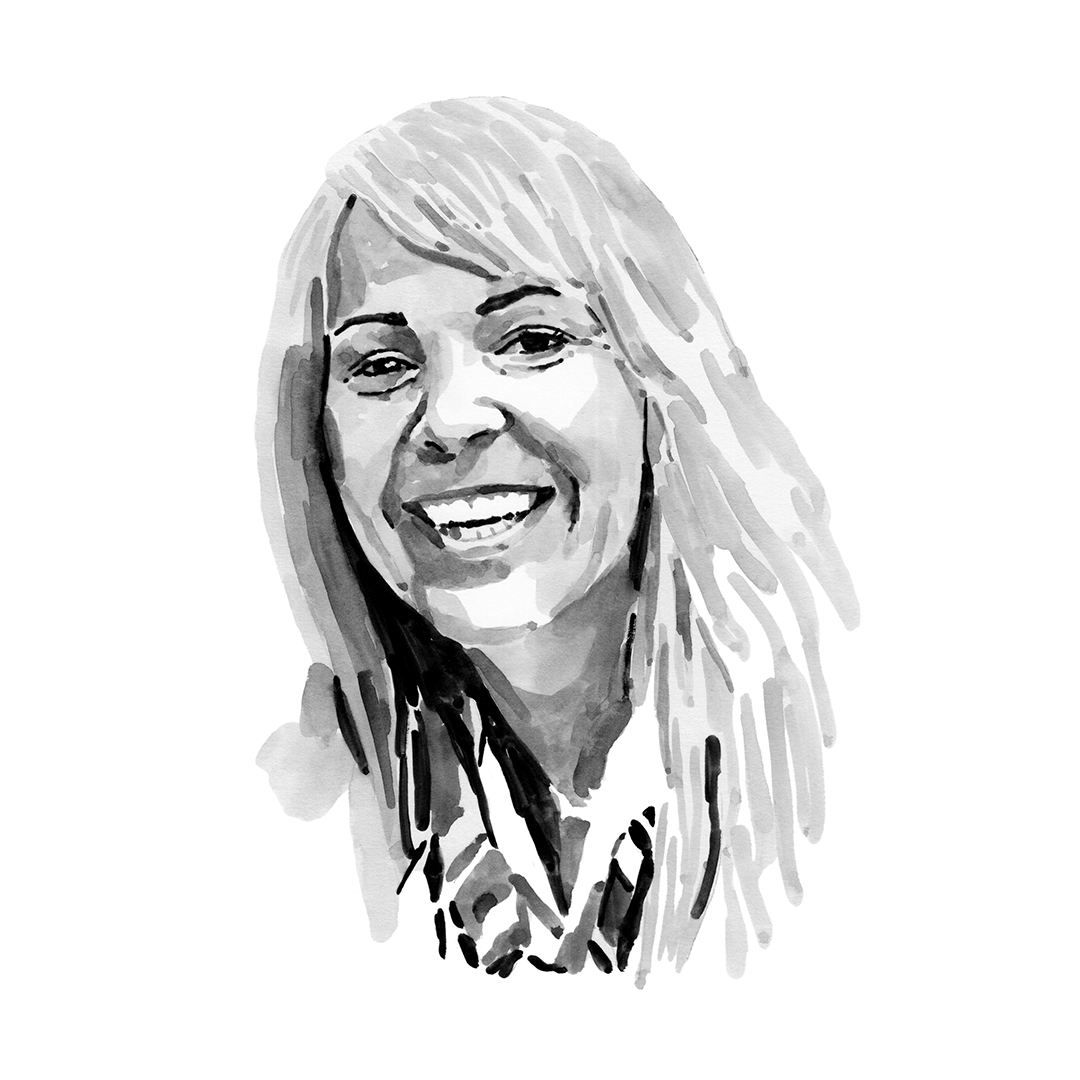Michelle Soekoe

Who I am
The ocean cast a spell on me when I was very young. The first time I was asked what I want to do when I grow up, the answer was clear-cut: ‘Play with sharks’. All my school holidays were spent exploring the treasures at the high-water mark and the inhabitants of rock pools. All while watching my grandfather fish.
From beach hopping I plunged into the underwater world of scuba diving, witnessing the serenity and slow motion of the deep blue realm, where we are guests in someone else’s home; seeing the graceful yet purposeful movements of all sea creatures. This was where I gained a deeper appreciation of our oceans and a sense of environmental stewardship to protect them.
Off to university and I found it difficult to be strictly book-bound. So I took (and begged for) opportunities to participate in postgraduate field work, even when I became a postgraduate myself. The project didn’t matter. From toxicology and parasitology to ecology, biology and oceanography, I loved it all. Fast forward to my PhD, I was blessed to travel southern Africa fishing for and sampling spotted gully sharks. Camping among the dunes of Angola, driving the long roads of Namibia and surviving the torrential downpours and bitterly cold winter nights of South Africa, all while discovering my love for fishing and the advantage it brought to a scientist required to collect samples. This is what dreams are made of!
I am now a dedicated marine scientist, passionate conservationist, decorated rock and surf angler and self-certified beach bum with an unapologetic infatuation for chondrichthyans. I’m also the founding director of Reel Science Co., a non-profit organisation aiming to bridge the gaps between anglers, scientists and policymakers in order to protect, conserve and educate about all things marine.
Where I work
The project location is essentially throughout the distribution of the common eagle ray Myliobatis aquila. The biogeographic research will make use of a broad network of collaborators and citizens from the Mediterranean, West Africa and southern Africa. However, the information about the species’ movements will be assessed from its South African population. This will include acoustic telemetry tagging from the cool-temperate west coast (Langebaan) to the warm-temperate Eastern Cape (Wild Coast). The tagged fish will be monitored from southern Angola and Namibia along the west coast via the Ocean Tracking Network, by species-specific arrays at the tag deployment sites and by the extensive Acoustic Tracking Array Platform, which extends up to Mozambique.
What I do
Before any field work takes place, research into weather conditions is vital. Not to ensure the warmth and comfort of the team, but to make sure we have the greatest chance of finding our target species, the common eagle ray. A typical tagging day always starts with coffee! Once the brains are functioning, the team heads off to the beach, in the wee twilight hours. Come rain, shine or the all-too-epic Cape Doctor (south-easterly wind), long days are spent fishing from the shore, using standard rock and surf angling techniques. When eagle rays are caught, they are measured, sexed and equipped with individually coded acoustic transmitters. Before release, genetic samples are taken and preserved.
Each eagle ray’s transmitter is monitored using an extensive range of about 300 acoustic receivers, thanks to the Acoustic Tracking Array Platform, a research platform of the South African Institute for Aquatic Biodiversity. This will help us identify the key habitats and ecologically important areas for this species. We will also gain a better understanding of their coastal movement behaviour, migratory behaviour, movement capabilities and levels of residency.
Genetic samples are analysed by our team at the University of Pretoria. The global phylogeography (current and historical genetic connectivity) of the species will be determined to confirm whether common eagle rays in the north-eastern Atlantic are in fact the same species as those along the southern African coastline, as is currently believed. We will also determine the genetic diversity, effective population size and population genetic structure and connectivity patterns of this species.
Lastly, we take all the information gained from this study and broadly communicate it to the public, and anglers, and incorporate it into regional coastal conservation planning.
